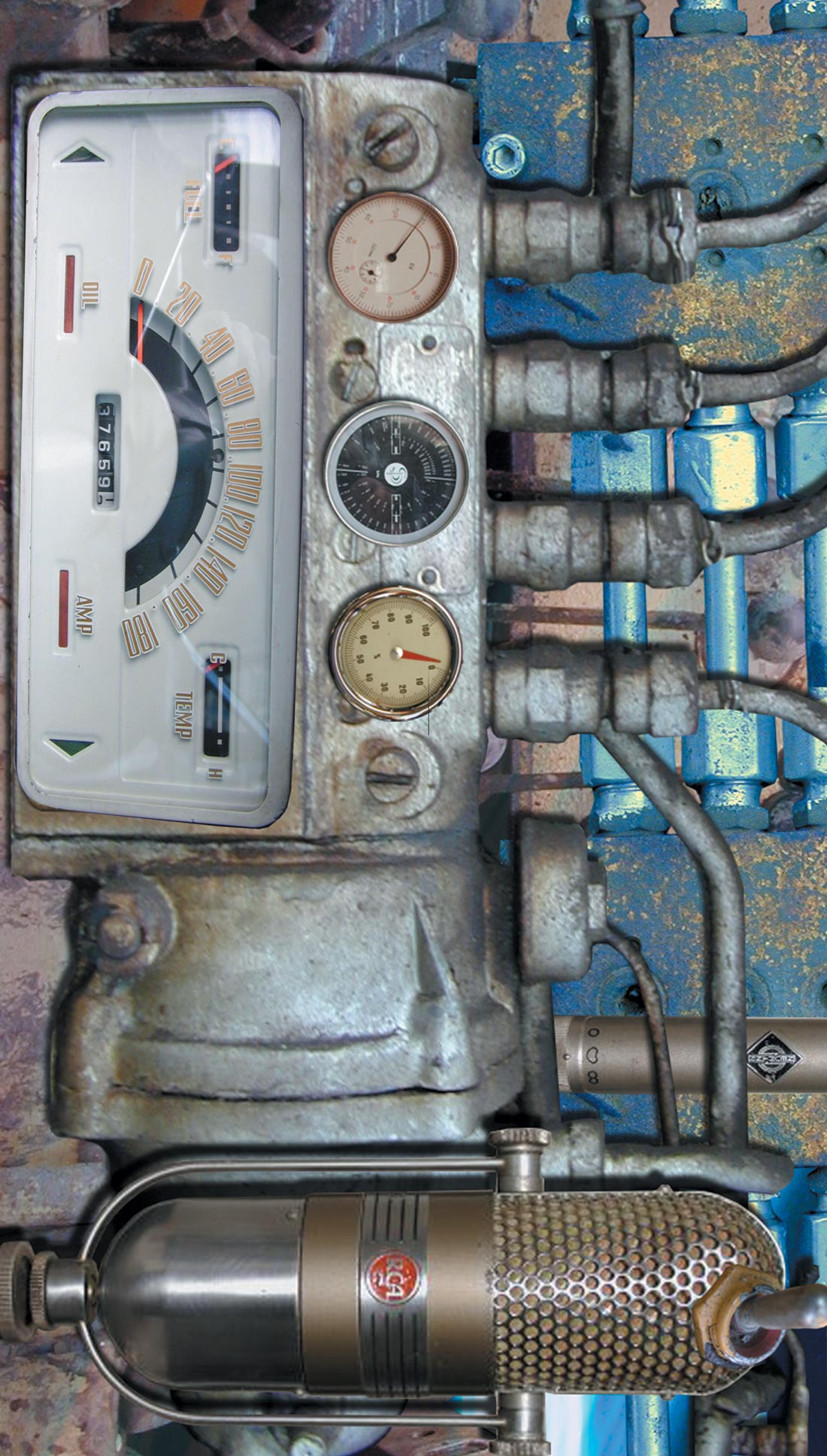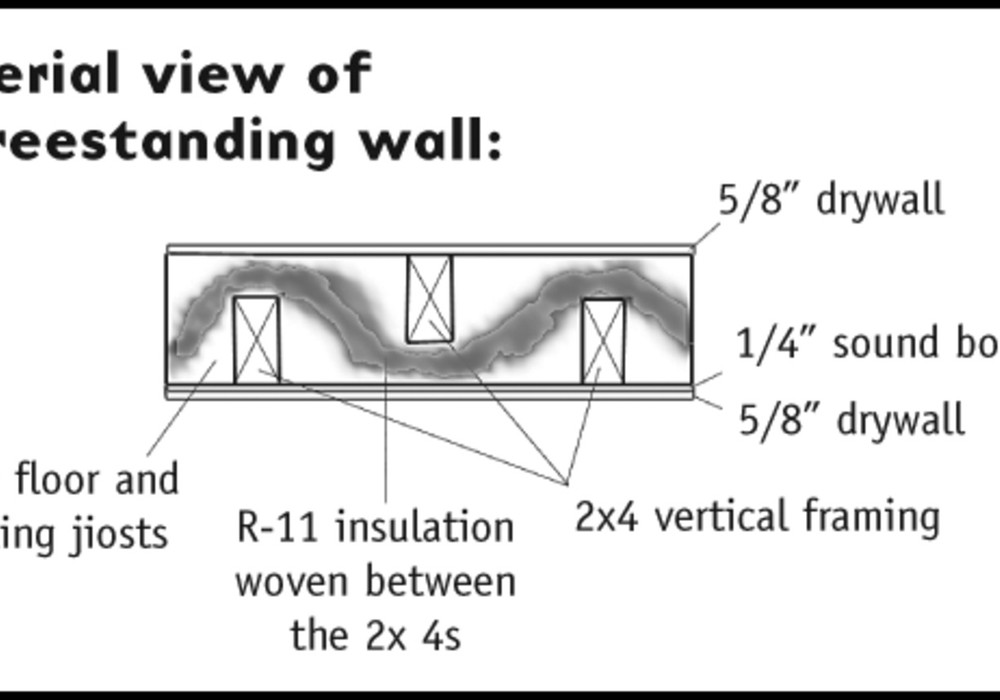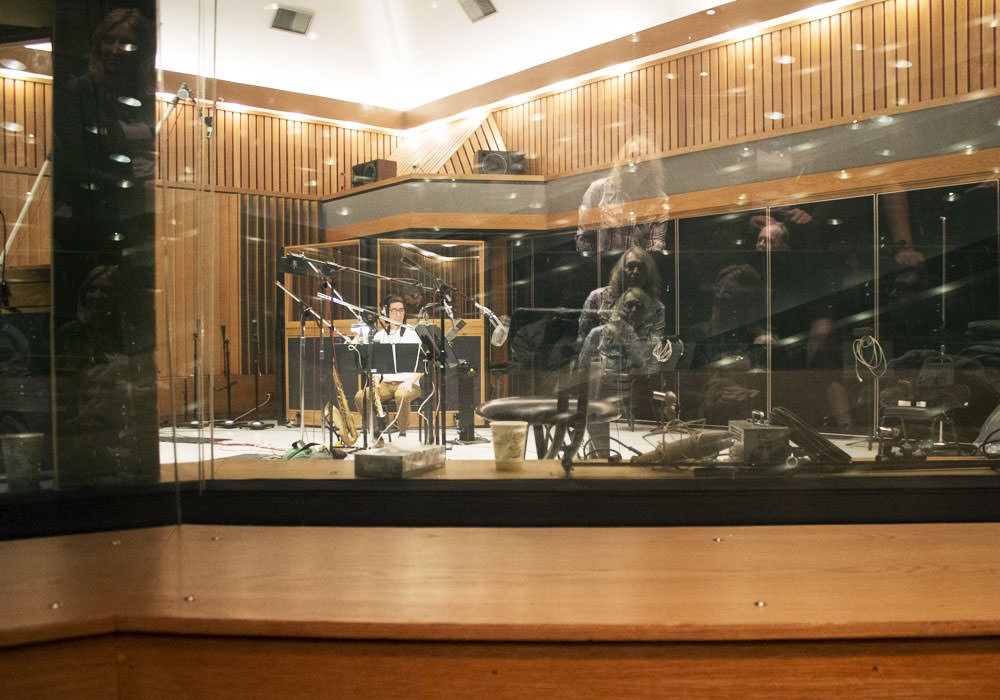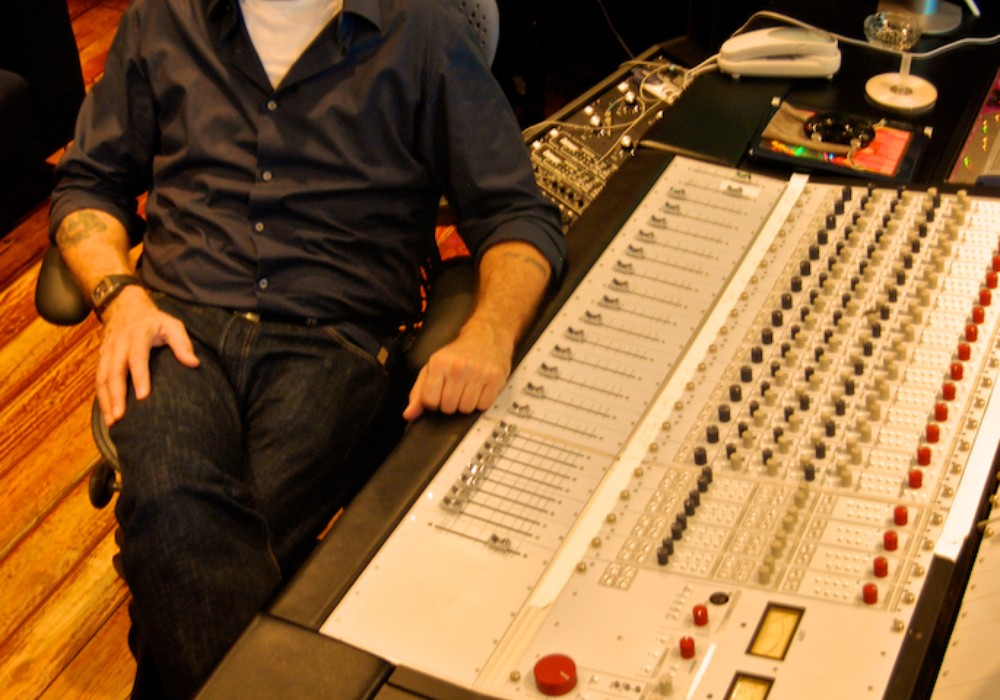Monitoring is arguably the most important link in the audio chain. A while back we examined some basic monitor set-up issues. We noted that most people have decent enough speakers, but they don't always have them set up correctly. Assuming that you've gone through the previous checklist, you're now ready to consider some more advanced items.
1. Are the speakers in electrical phase?
Speakers should all be wired the same way (or in- phase). All negative (-) outputs from the amp/receiver should be connected to the same color (-) input post on each speaker and all positive (+) outputs should be connected to the same color (+) input post on each speaker. If you use XLR cables, you should still check them to make sure they're wired correctly. Although it's unlikely, it's been known to happen. If your speakers are out-of-phase with each other, the overall mix can lack the focus and fullness that in-phase speakers reproduce. In some cases, items panned dead center can disappear (a la karaoke tracks). Most audio test CDs have phase tests, but you can make your own with a tone generator. (I've seen decent test CDs on eBay for a few dollars. It's a good investment). In a pinch, use any consistent signal.
2. Are the speakers playing at the same level?
This might seem basic, but it's easy to screw this up, especially on monitors that have volume and EQ adjustments on the back panel. Make sure that any adjustment features are set the same. If you're monitoring from a source that has left/right balance, make sure the pot is centered.
3. Is there a consistent monitoring level?
There are holy wars over monitoring volumes. Some engineers never change the level. Others jump around. Regardless off your stance, you need to have a reference level. Grab an inexpensive volume meter. (Radio Shack makes one). Set up the SPL meter at the listening position. Choose "C" weighting, set the response to slow, and dial up about 70 dB on the meter. Play pink noise through your system. Adjust the overall volume to 75 dB. Mark the position on your master volume fader or knob. Use tape, grease pencil, or whatever method you can to help you reset this level. Live with this level for a while, then try other levels until you find a comfortable point. A lot of people like 85 dB, but it's all preference. Some famous mix engineers monitor at very low levels. There is no right or wrong answer, but you should have a sonic "line in the sand" to help build consistency. One reason why it's important to have a consistent level is the human ear is not flat at all levels. Fletcher and Munson spent years researching the response curve of the human ear. They learned that that at low levels the humans miss out on low frequencies (and some high), whereas at loud levels it was the opposite.
Examining a Fletcher-Munson curve, which compares human frequency perception versus relative loudness, shows that between 80 — 90 dB the ear is the flattest. Now you know why some consumer electronic devices come with "loudness" or "extended bass" circuits.
4. Is the cabling in order (same length, adequate gauge, etc..)?
This is another simple one. Make sure the cables running to your monitors are the same gauge and length. Look over the jacket to make sure there are no cuts or exposed copper. If using copper home stereo- type wire, make sure the copper ends are tinned or terminated with a spade or banana plug. Leaving the copper exposed can degrade the connection.
5. If using a subwoofer — is the cross over point set correctly?
Many subwoofers come with hardwired or adjustable crossovers. If you're using an external crossover device, or fine-tuning the sub's own, it's important to evaluate the interaction between the sub and the other monitors. You should know what your sound system is theoretically capable of reproducing before you begin. Then, use a test tone that sweeps from 500 Hz down to 20 Hz. As the sweep plays, listen for a drop in volume. A correctly set-up system will reproduce the tone sweep smoothly and without level fluctuations. If you have a big boomy sound at a certain frequency, you should check your sub position if adjusting the crossover fails to resolve the issue. It is also possible that your room dimensions are susceptible to certain frequency nodes — but that's a discussion for another day.
Conclusion: Running through these tests will help you understand more about your room, your monitor speakers, and the some nuances of acoustics. With all the hard work we put into recording, we owe it to ourselves and our clients to have the best tuned monitoring system we can.






